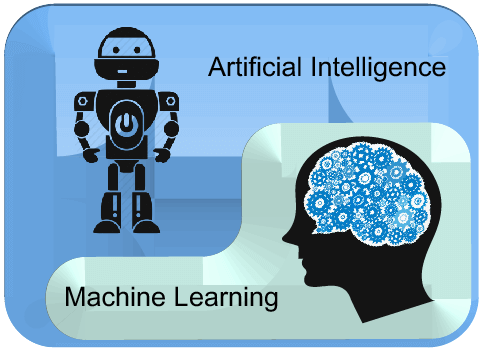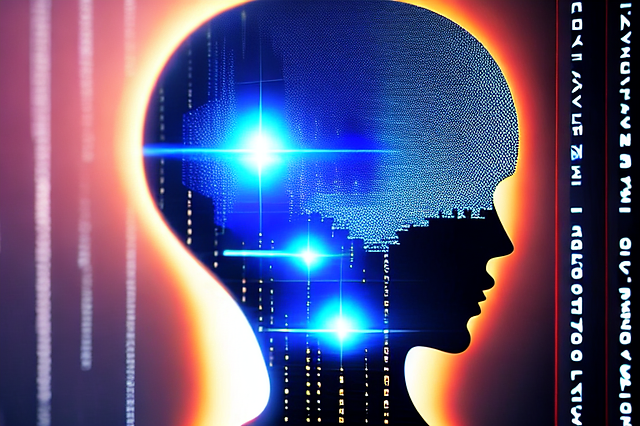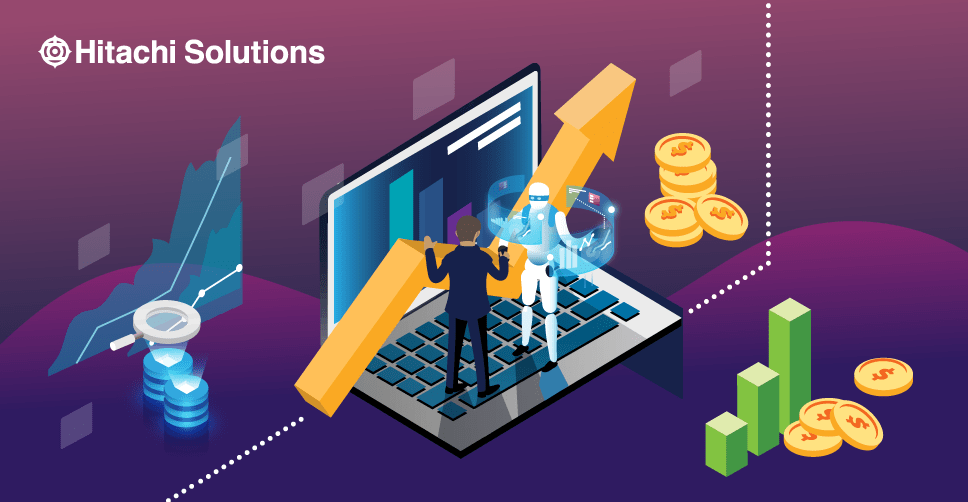Artificial Intelligence (AI) and Machine Learning (ML) have become buzzwords in the tech industry in recent years. These technologies have the potential to revolutionize the way we work, communicate, and live our lives. In this article, we’ll explore what AI and ML are, how they work, their applications, and their potential impact on society.

What is Artificial Intelligence and Machine Learning?
AI refers to machines or computer systems that can perform tasks that typically require human intelligence. These tasks include natural language processing, decision making, visual perception, and many others. AI technologies are built on a foundation of algorithms, which are sets of rules and instructions that tell the computer what to do.
ML is a subset of AI that involves the development of algorithms and statistical models that allow computer systems to improve their performance on a specific task as they are exposed to more data. This means that instead of explicitly programming a machine to perform a task, you provide the machine with data and let it learn on its own.
How Does Machine Learning Work?
ML algorithms work by identifying patterns in data and using those patterns to make predictions or decisions. There are three main types of ML algorithms:
- Supervised learning: In supervised learning, the algorithm is trained on a dataset that includes both input data and the correct output for each input. The algorithm learns by adjusting its parameters to minimize the difference between its predictions and the correct outputs.
- Unsupervised learning: In unsupervised learning, the algorithm is trained on a dataset that only includes input data, with no corresponding output. The algorithm learns by identifying patterns and relationships in the data.
- Reinforcement learning: In reinforcement learning, the algorithm learns by interacting with an environment and receiving rewards or punishments based on its actions. The algorithm learns to maximize its rewards over time by adjusting its behavior.
Applications of AI and Machine Learning
AI and ML have a wide range of applications across various industries, including healthcare, finance, transportation, and more. Here are a few examples:
- Healthcare: AI and ML are being used to improve disease diagnosis, develop personalized treatment plans, and predict patient outcomes.
- Finance: AI and ML are being used to detect fraud, automate investment decisions, and analyze financial data.
- Transportation: AI and ML are being used to develop self-driving cars, optimize traffic flow, and improve public transportation systems.
- Marketing: AI and ML are being used to analyze customer behavior, personalize marketing campaigns, and optimize pricing strategies.
Potential Impact on Society
The potential impact of AI and ML on society is vast and far-reaching. On the positive side, these technologies have the potential to improve healthcare outcomes, increase efficiency in industries like transportation and finance, and reduce the workload of humans in many jobs.
However, there are also concerns about the impact of AI and ML on employment, privacy, and security. As machines become more capable of performing tasks that were once done by humans, there is a risk that many jobs will become obsolete. Additionally, the use of AI and ML in areas like surveillance and facial recognition raises concerns about privacy and civil liberties.
Conclusion
AI and ML are powerful technologies that have the potential to transform the world we live in. While there are certainly concerns about their impact, it’s clear that these technologies will play a significant role in shaping the future of society. As we move forward, it will be important to continue to explore the ethical and social implications of these technologies and work to ensure that they are used for the benefit of all.

